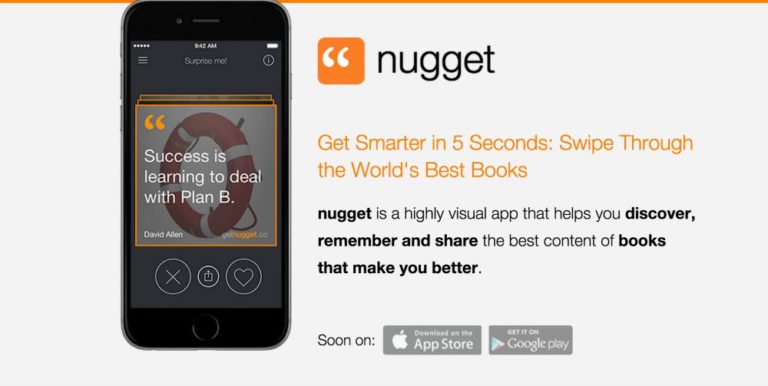Startup Name nugget What problem are you solving? Helps you discover business and personal development books within...
Mike88
Mike Nicholls Australian Inventor + Entrepreneur working with a small team of engineers building prototypes from Inventions including two medical devices. Publishes Startup88.com and has assessed/reviewed +500 inventions and +200 startups in the last 3 years. Mentors Sydney Startups via Incubate and other incubators and helps members of the Australian Startup Community via the Startup88.com website with free publicity and advertising. Experience in numerous industries including Digital Publishing, Cloud Computing, Apps, Hardware, Aviation, Real Estate & Finance and Health/Medical Devices.
New Sales Teams I talk to a lot of startups, last week more than 25. Also I...
I have hired a lot of freelancers in the last 10 years and the one thing that...
Good idea, big trick with this is to get the audience preloaded with the app well in...
Startups move fast, they often grow very fast, they can crash just as fast. More than one...
I originally wrote this post over a year ago but got new material a few months back...
I get a lot of pitch submissions and sometimes they make me laugh, sometimes with them, sometimes at them. Some people...
Rules are the Scar Tissue of Past Mistakes I was talking to a few new entrepreneurs about...







